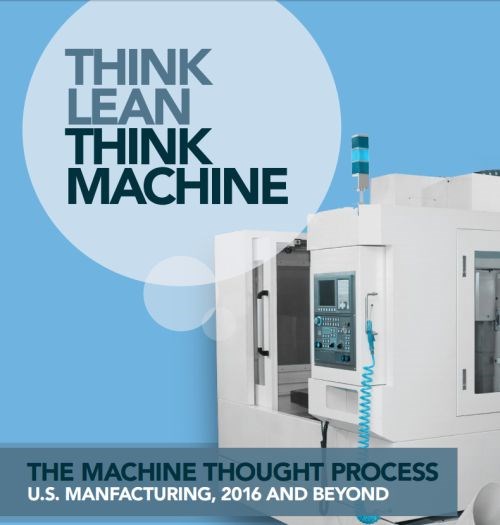Searching for Good News in the Manufacturing Skills Gap
While the current employment outlook is seemingly bleak, with a high number of manufacturers reporting a moderate to severe shortage of available, qualified production workers, there does appear to be a light at the end of the tunnel concerning the future of American manufacturing over the next decade.

While the current employment outlook is seemingly bleak, with a high number of manufacturers reporting a moderate to severe shortage of available, qualified production workers, there does appear to be a light at the end of the tunnel concerning the future of American manufacturing over the next decade.
So says Jon Iverson, CEO of Optis, in an article written in correlation to the company’s new qualitative research report, which looks into the state of American manufacturing to examine the current mood and make predictions for the future.
In the article , Mr. Iverson mentions three ways the manufacturing industry can begin to bridge the skills gap, ensuring a sustainable future.
- Use model-based definition. Design parts and automatically embed tolerances in the model. By doing so, product development can be streamlined.
- Use automation. Automating routine tasks enables personnel to concentrate on more intricate, complex and individualized procedures. According to the report, this will become increasingly important as manufacturers reshore to the United States, bringing more demand for operators and further impacting the skills shortage.
- Design more intuitive machines. A certain amount of “tribal knowledge” will be lost when the baby boomers retire. This insight needs to be “trained” into machines so less human intervention is necessary to make the future machine tool self-sufficient.
Related Content
-
When Handing Down the Family Machine Shop is as Complex as a Swiss-Turned Part
The transition into Swiss-type machining at Deking Screw Products required more than just a shift in production operations. It required a new mindset and a new way of running the family-owned business. Hardest of all, it required that one generation let go, and allow a new one to step in.
-
All-Around Mill Improves Productivity and Cost for Valve Job
Adopting a mill with a double-negative rake and pockets compatible with multiple insert geometries enabled Progressive Metal Service to increase feed and lower scrap rates for a valve.
-
Will the “Great Resignation” Become an Opportunity for Manufacturers? Get Ready for the Returning 3 Million
The Great Resignation will become a Great Reapplication when employees currently able to stay out of the workforce return to it looking for something better. Machining employers that are already evaluating candidates for fit, without demanding specific skills coming in, might be positioned well to draw upon this wave.













